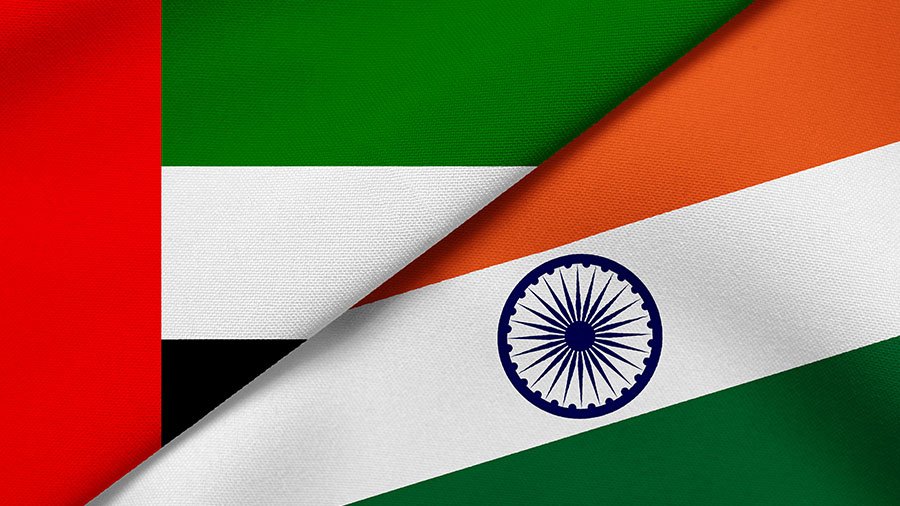The relationship between India and the United Arab Emirates (UAE) has always been characterized by geographical proximity, cultural affinity, and a shared history of friendship. However, recent years have witnessed a remarkable deepening of these ties, propelled by strategic bilateral agreements and mutual economic interests. This article explores the dynamic evolution of the India-UAE relationship, highlighting key developments that have contributed to its growing strength.
Bilateral Agreements:
One significant stride in enhancing bilateral relations is the recent agreement between the central banks of India and the UAE to facilitate cross-border transactions using local currencies—rupees and Dirhams. This move not only simplifies trade, remittance, and investment flows but also fosters financial integration between the two nations. Moreover, the integration of India’s Unified Payments Interface (UPI) with UAE’s instant payment system Aani opens new avenues for seamless transactions, benefiting millions of Indians residing in the UAE and facilitating smoother trade relations.
Comprehensive Economic Partnership Agreement (CEPA):
A cornerstone of the burgeoning India-UAE economic relationship is the Comprehensive Economic Partnership Agreement (CEPA) signed in February 2022. Designed to boost bilateral trade and investment, CEPA has already demonstrated its efficacy, with trade between the two nations reaching historic highs. By reducing tariffs, expediting business approvals, and providing access to trade zones, CEPA paves the way for deeper economic collaboration, aiming to achieve a bilateral trade target of $100 billion within the next five years.
Foreign Investment and Cross-Border Business:
The UAE has emerged as a significant foreign investor in India, with entities such as the Abu Dhabi Investment Authority (ADIA) actively participating in the Indian stock market. Moreover, UAE-based companies, including DP World, Sharaf, and Lulu Group, have made substantial investments in India, fostering cross-border business partnerships. Simultaneously, Indian enterprises have expanded their presence in the UAE, capitalizing on the nation’s business-friendly environment and strategic location as a gateway to other markets.
Demographic Affinity and Soft Power:
The significant presence of the Indian diaspora in the UAE, constituting nearly 30% of the population, underscores the deep-rooted ties between the two nations. As the UAE endeavors to transition into a knowledge-based economy, Indian professionals play a pivotal role, contributing their expertise across various sectors. Additionally, cultural exchanges, exemplified by Prime Minister Narendra Modi’s recent inauguration of a monumental BAPS temple in Abu Dhabi, symbolize the strengthening of cultural ties and underscore the UAE’s position as one of India’s closest allies.
Challenges and Opportunities:
While the India-UAE relationship has witnessed remarkable progress, challenges persist, particularly in diversifying trade categories and enhancing the value addition of Indian exports. Addressing these challenges requires sustained efforts to promote trade diversification and foster innovation-driven growth. Furthermore, leveraging the potential of emerging sectors such as lab-grown diamonds and promoting greater foreign portfolio investment (FPI) will be crucial in unlocking new avenues for economic cooperation.
Conclusion:
The evolving India-UAE relationship exemplifies the transformative power of strategic partnerships grounded in mutual respect and shared aspirations. As both nations continue to collaborate across various domains—from trade and investment to culture and diplomacy—their bond strengthens, ushering in a new era of prosperity and cooperation in the region and beyond.





